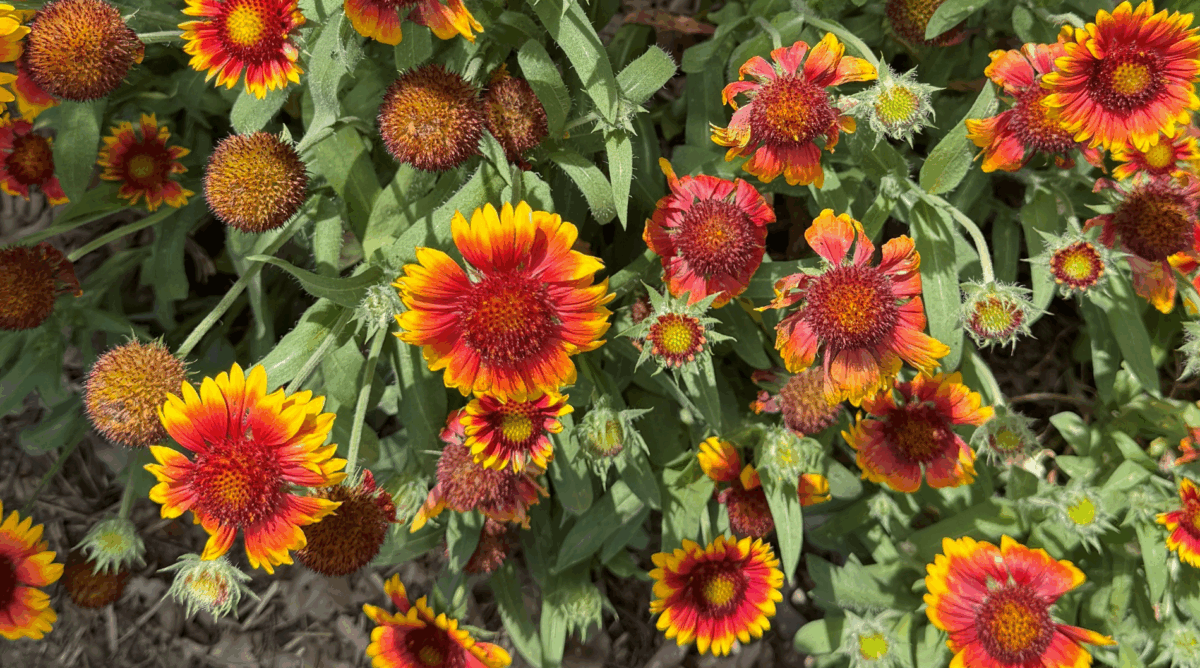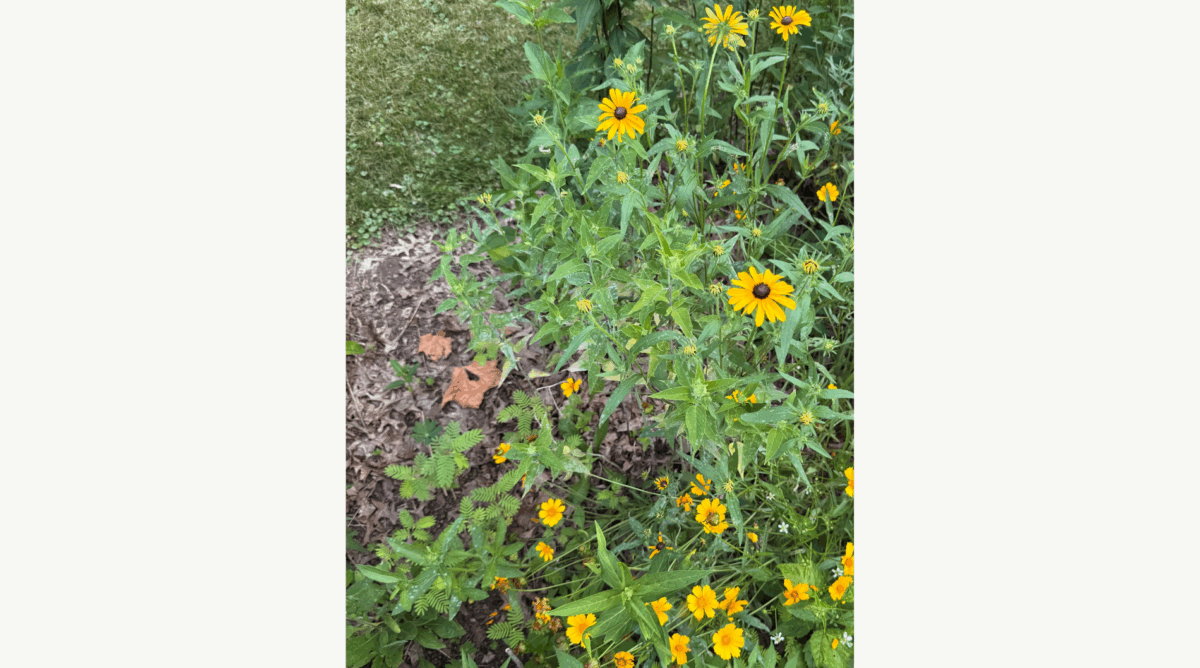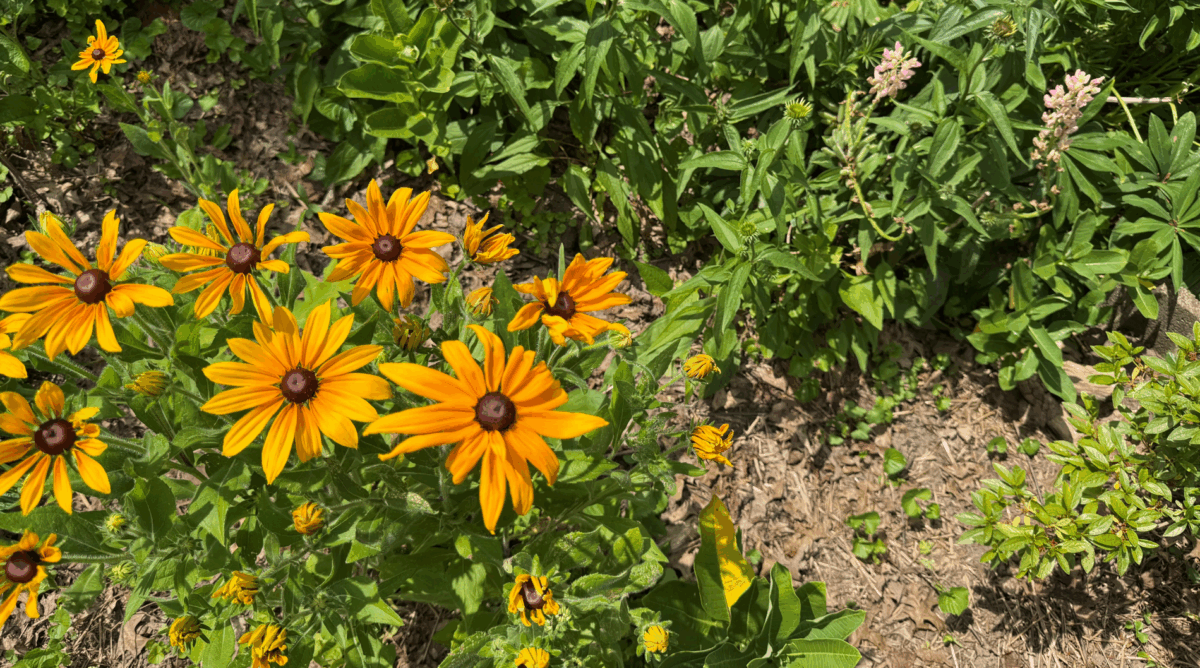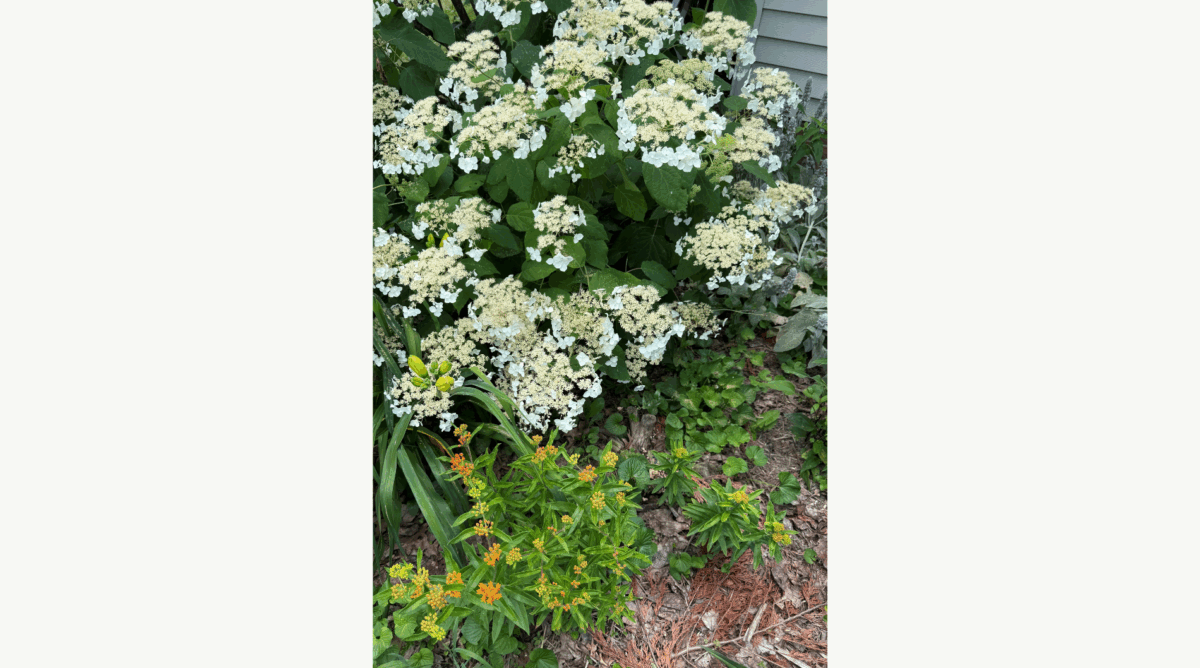Today, the use of chemicals to remove unwanted weeds and insects is commonly used by consumers. But it hasn’t always been that way.
Manmade, synthetic insect-killing chemicals are a recent byproduct of World War II. While developing agents of warfare to eliminate soldiers, chemical companies tested them on insects first, discovering some were lethal.
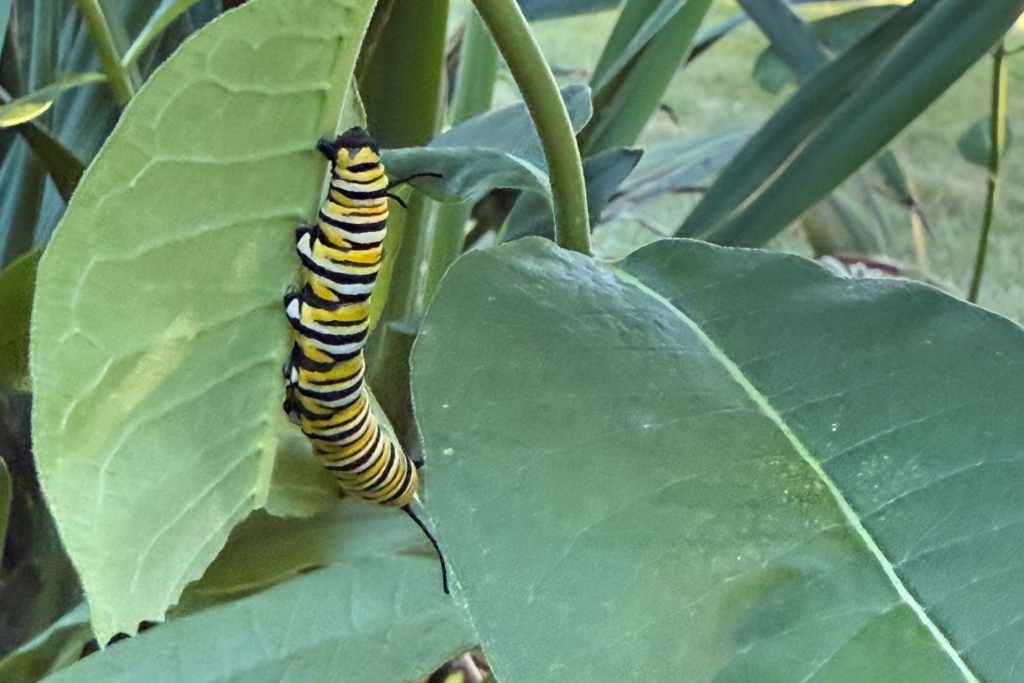
The negative impact of herbicides
In the afterword of “Silent Spring,” Rachel Carson’s monumental book, entomologist and environmentalist E. O. Wilson stated, “She did not call for an end to pest control. Rather, she asked for an end to reckless endangerment using broad-spectrum pesticides. These substances, she argued, should never be spread across the nation’s fruited plains without adequate public knowledge of their impact on the environment and human health.”
Carson’s book, first published in 1962 after several years of her own careful research, fully detailed the dire consequences associated with using various common pesticides. Her message led President John F. Kennedy to create a federal Science Advisory Committee, whose independent report validated Carson’s research. Pesticide use became a major public issue both nationally and around the world, and her research contributed to the creation of the U.S. Environmental Protection Agency in 1970.
In the years since, extensive research has proven that broad spectrum herbicides can negatively impact both the environment and humans. They can pollute our air, water and soil long after they’ve been applied. They also harm non-target species like pollinators, amphibians and soil organisms, harming ecosystems and impairing agricultural food production.
Meanwhile, human health problems can arise, including acute and chronic toxicity that are linked to various cancers, neurological impairment and developmental issues.
According to a 2023 article by Georgetown University researchers, the United States alone uses an estimated one billion pounds of herbicides — which could fill approximately 182 Olympic-sized swimming pools — every year to deal with weeds, insects and other pests. Approximately one-quarter of the pesticides used in the U.S. have been banned in the European Union, with additional pesticides banned in Brazil and China.
How to avoid using herbicides at home
In response, some landowners are now learning about ways to eliminate pests through integrated pest management (IPM), an environmentally friendly way to deal with pests. IPM’s goal is to maintain agricultural production while still dealing with pests and decreasing pesticide use.
What can we do, as concerned public citizens, if we want to avoid using chemical pesticides in our Wild Back Yards? The steps below are inexpensive and effective, but require some additional time spent outdoors in the spring and fall — which is hopefully a bonus for many!
Steps to take in autumn
At the end of the growing season, take advantage of the cooler autumn temperatures to weed out your vegetable garden and flower beds.
After weeds are removed in the fall, apply two to four inches of dead, dry leaves that have fallen from trees and place them where you want to prevent weed growth. At my home, we collect all the leaves and blow them into my flower beds using a lawn mower, or I collect them with a wheelbarrow to move them.
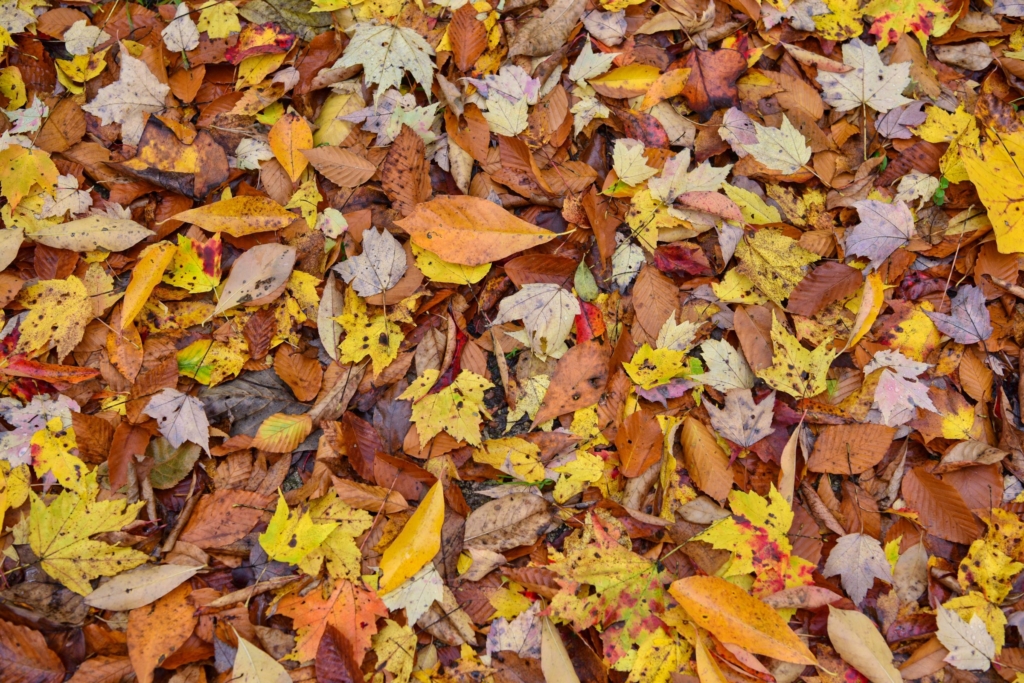
We have lots of trees, so we have lots of free leaves. If you don’t have leaves, ask a nearby neighbor if you can take some. We place extra unneeded leaves along the edge of the woods around our house so that I can get more when needed. No woods nearby? Perhaps create a leaf pile in the corner of your yard.
Another option if you don’t have leaves available is to buy small hay bales and spread hay around in the fall where it’s needed. Supplement with a bit of mulch or leaves on top of the hay if you need to.
Steps to take in early spring
In the early spring (late March/early May), as soon as the ground is workable, take advantage of cooler temperatures to again clean out weeds, removing as much as possible from existing beds.
Add more leaves and hay as needed. They slow the growth of weeds and retain moisture in the ground.
If you would like to add a new flower bed and keep weeds away, use the “lasagna gardening” method with corrugated cardboard. Shipping boxes from online orders work well, but be sure to remove any tape or staples from the box. Lay down a single layer of flat cardboard in early spring in your yard where you’d like to add a bed. Place at least two to three inches of finely cut mulch on top, then add flowers or seeds. The cardboard and mulch combo will help keep weeds away from your new garden area.
Steps to take in summer
During the hot summer months, do light weeding as needed. You shouldn’t have much!
Repeat this cycle in the fall.
Try it in your Wild Back Yard
Using this approach has saved me time and money and freed me from weeding in the heat. My greatest reward is to see native flowers, pollinators and wildlife finding safe refuge around my home.
Eliminate pesticides, use leaves as a mulch layer and include native plants in your gardens. Native plants are the “building blocks of life” in our ecosystems, serving as the foundation of the food web and supporting a vast network of life.
I wish you a weed- and pesticide-free landscape that you and Mother Nature will love.
Looking to explore more ways to make changes in your own outdoor space and make a big impact on wildlife? Grow a Wild Back Yard using our resources and tips.
